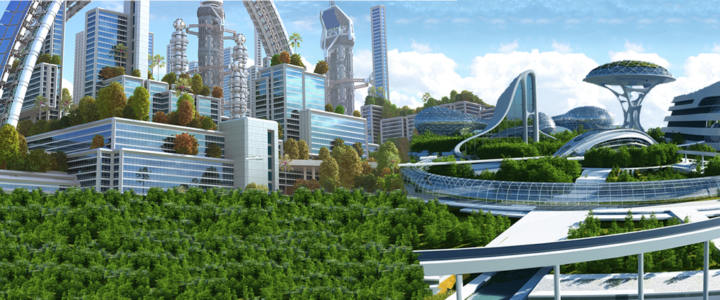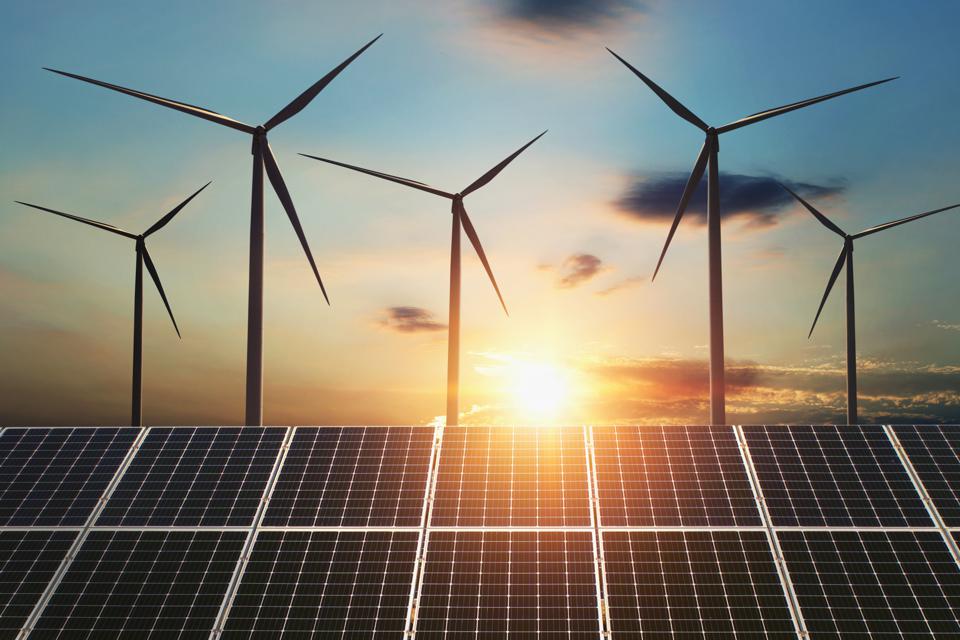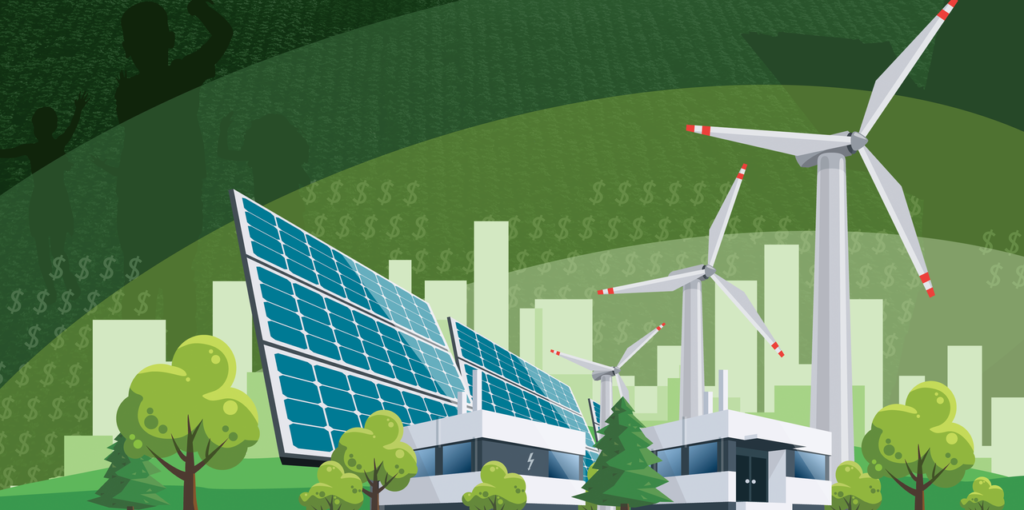
Last week we looked at the worst case scenario for our planet of the devastating effects of climate change if we do not curb our current rate of carbon emissions. This week we take a look at the best case scenario for our planet—if everyone prioritizes a transition to sustainability.
Looking at the potentially devastating effects of climate change is necessary to move the conversation forward on what actions need to be taken now. But constantly thinking about our future demise is a tough way to live healthy lives. So let’s, instead, take a look at the amazing positives in store for our future after we all come together for our planet.
The Journey

Governmental policies shift to being dictated by science, human welfare, equality, sustainability and future consequences. Politicians who previously aligned their agenda with wealth generation and unscrupulous ethics have been removed from office and prohibited from any future involvement. Regulations are in place to guide society into a sustainable future.
Our society shifts to accept the full transparency of carbon emissions, with regulations and guidelines for decreasing limits. Those companies and individuals who struggle are supported through education and financial aid by governments and NGO’s.
Governments and businesses increase their investments in technology to reduce pollution and atmospheric carbon to sustainable levels. Older technology’s carbon emissions are captured at the source and stored or transformed back into fuel—currently we can capture up to 90% of emissions. Capturing our emissions will be vital in reducing human-induced climate change due to the lengthy transitioning schedule to more sustainable infrastructure.

Today solar and onshore wind energy are currently the cheapest new sources of electricity for two thirds of the world’s population—supplying one quarter of our energy demands—but this increases to half by 2040. Most of our city infrastructure is already optimizing to be powered by renewably-sourced energy. Increasing the supply of renewable energy lowers our power costs and carbon emissions.
Sustainably-leading cities and countries partner with developing ones to help with the transition. Sharing technology, education, and financing infrastructure will help the developing countries to avoid raising their per capita emissions as they strive for economical parity.
Today 84% of people prefer working for a sustainable company that has a strong mission and positive values. In the near future companies failing to understand their employees’ wishes or understand the climate crisis dwindle into the past. The COVID pandemic forced many companies to adapt to remote working, and moving forward this will be a priority for many. Reductions in commuting save not only time and money, but also reduce carbon emissions.
The Destination
We no longer mine or drill for fossil fuels. Carbon-based fuels are captured from out of the atmosphere or produce energy through artificial photosynthesis. Sustainably-sourced energy technology is now integrated into all aspects of our lives. Our windows include solar panels, our footpaths capture and store kinetic energy, rainwater is captured and cleaned on site, and our cities have become green spaces with fauna engineered to adapt to the urban environment.

Battery storage has improved in both cost and lifetime, with the added benefit of being 100% renewable. The energy can be stored for years rather than hours or days, with minimal losses, to help accommodate seasonal shifts. Molten salt is used to store renewable energy.
Trash is 100% compostable or recyclable with no more requirements for landfill. Food waste is minimized with better meal planning and distributions. Organic waste is converted into bio fuels. Biomimicry develops to produce self-healing materials that lengthen the life of our products and reduce waste.

Whether it is by superfast trains or supersonic jets, long-haul travel will take less than a third of the time it currently does for any journey powered mainly by renewable energy, with any carbon-based fuels being produced directly from the atmosphere. Local commuting uses optimized mass transit technology to schedule your route. This includes electric cars that are plugged into the transit network, with algorithms that optimize the route. Of course, cars are fully automated and vehicular safety is close to perfect.
Hydrogen-powered regenerative fuel cells are used outside of standard infrastructure, including space travel, to not only provide power and oxygen but recombine with exhaled CO2 to provide water.
Diets are based on the health of individuals. Smart devices constantly monitor consumption, metabolism, and waste to optimize our health. Over 90% of health issues are diagnosed from our homes, and caught early enough to prevent any serious long-term effects.
Our food is sourced sustainably. Meat is grown in farm labs rather than on an animal. Fresh produce is procured from local urban farming.
Companies promote healthy lifestyles, limiting hours worked, increasing family time, allowing selective work locations, and paying more equitable salaries.
Pollution no longer exists. Populations are healthier. Human-induced climate change is relegated to our history books.
The end—or rather, a new beginning.
Even if our scientists aren’t entirely correct about the worst effects of climate change, transitioning to a sustainable society is without a doubt the most attractive future.
Part IX of our Climate Change Series that looks at climate history, consequences, policy and future outlook.




